常州某高层建筑给排水设计毕业论文
2020-06-19 21:44:05
摘 要
给水系统采用并联分区给水系统,地下一层至地上三层由市政管网直供,地上四层为设备间,地上五层至十三层为中区,由地下生活泵房的中区变频泵加压供水,地上十四层至地上二十一层为高区,由地下生活泵房的高区变频泵加压供水。地下消防水池采用钢筋混凝土结构,至于室外有效容积360m3。建筑室内排水采用污、废水合流制,室外排水采用污废合流制,直接排入市政污水管。排水立管采用专用通气立管。地下室排水经排水沟汇集排至集水坑,经潜污泵提升排至检查井。建筑外排水,选择重力半有压流系统,雨水经屋面雨水斗收集后排入雨水管。
根据规范,该建筑为一类高层建筑,室内消火栓用水量40L/s,火灾延续时间2h。消火栓充实水柱高度13m,水龙带长度20m,水枪喷嘴流量5.42L/s,消防立管管径为DN100。在屋顶层设试验消火栓1个,每个室内消火栓箱内均设有远距离启动消防泵的按钮。
本工程的自动喷水灭火系统分为三个区。该建筑采用湿式自动喷水灭火系统,喷淋系统设计流量27.7L/s。报警阀设于地下室泵房内,各层均设水流指示器、信号阀和末端试水装置,其信号均送入消防控制中心进行处理。屋顶消防水箱(有效体积36立方米)贮存火灾初期10min自动喷水灭火系统、室内消火栓系统用水量,设于屋顶,初期灭火由水箱供水,后期灭火由地下室的消防水泵和喷淋泵供水
关键词:给水系统、排水系统、消火栓系统、自动喷水灭火系统、雨水系统
Abstract
Water supply system using parallel partition water supply system, the ground floor to the ground three layers by the municipal pipe network direct supply, four on the ground for the fire equipment, the ground five to 13 layers for the central area, by the underground life of the pump station in the frequency Pump pressurized water supply, the ground 14 to the ground on the 21st floor for the high area, by the underground life of the pump station high frequency pump pressure water supply. Underground fire pool with reinforced concrete structure, as the outdoor effective volume of 360m3. Construction of indoor drainage using sewage, waste water system, outdoor drainage using sewage waste combined system, directly discharged into the municipal sewage pipe. Drain riser with a dedicated vent riser. The drainage of the basement is discharged into the sump by the gutter, and the drainage tank is discharged to the inspection well. Outside the building drainage, select the gravity of the semi-pressure flow system, the rain collected by the roof after the rainwater tank into the rain pipe.
According to the standard, the building is a class of high-rise buildings, indoor fire hydrant water 40L / s, fire duration 2h. Fire hydrant to enhance the water column height of 13m, hose length of 20m, water gun nozzle flow 5.42L / s, fire pipe diameter DN100. In the roof layer set test fire hydrant 1, each indoor fire hydrant box are equipped with long-distance fire pump button.
The automatic sprinkler system is divided into three zones. The building uses wet automatic sprinkler system, sprinkler system design flow 27.7L / s. The alarm valve is located in the basement pump house, each layer is set up water flow indicator, signal valve and the end of the test water device, the signal are sent to the fire control center for processing. Roof fire water tank (effective volume of 36 cubic meters) storage fire 10min automatic sprinkler system, indoor fire hydrant system water, located in the roof, the initial fire from the tank water supply, the latter part of the fire from the basement of the fire pump and spray pump water
Keyword: water supply system, drainage system, fire hydrant system, automatic sprinkler system, rainwater system
目录
摘要 I
Abstract II
第一篇章:设计说明书 1
第一章 给水系统 1
1.1给水供应系统方案选择 1
1.1.1方案比较和选择 1
1.1.2方案选择依据 2
1.2给水系统组成 3
1.3给水管道的布置与敷设 3
第二章 消防系统 4
2.1室内消火栓系统 4
2.1.1室内消火栓系统的选择 4
2.1.2系统组成 5
2.1.3设备及构筑物 5
2.1.4消火栓的安装 5
2.2自动喷淋系统 5
2.2.1室内自动喷水灭火系统的选择 5
2.2.2系统组成 6
2.2.3喷头的选择与布置 6
2.2.4设备的选择 7
2.2.5喷淋系统的安装 7
第三章 室内排水系统 8
3.1排水系统选择 8
3.2 排水系统的组成 8
3.3主要设备及构筑物 8
3.4排水管道安装要求 8
第四章 雨水系统 10
4.1雨水排水系统的选择 10
4.2雨水排水系统的组成 10
4.3雨水管道的敷设与布置 10
第二篇章:设计计算书 11
第一章 给水系统计算 11
1.0用水定额及用水量 11
1.1生活水箱计算 12
1.2给水方式 14
1.3设计秒流量的确定 15
1.3.1设计依据 15
1.4生活给水系统水力计算 15
1.4.1 低区给水系统水力计算 16
1.4.2中区给水系统水力计算 22
1.4.3高区给水系统水力计算 24
1.5水表的选择 26
1.6低区市政直供校核 28
1.7中区供水设备选型 28
1.7.1中区给水系统所需压力 28
1.7.2中区增压设备 28
1.8高区供水设备选型 29
1.8.1高区给水系统所需压力 29
1.8.2高区增压设备 29
第二章 室内消火栓给水系统的计算 31
2.1消防水池 31
2.1.1消防水池的设置 31
2.1.2体积计算 31
2.2屋顶消防水箱 32
2.3消火栓保护半径 33
2.4消火栓布置间距 34
2.5消火栓的水力计算 34
2.6水泵接合器选择 37
2.7消防减压设备选择 37
第三章 自动喷水灭火系统计算 39
3.0自动喷淋灭火系统的基本数据 39
3.1喷头的布置间距 39
3.2管道与报警阀布置 39
3.3喷头的选用与布置 40
3.4水力计算(作用面积法) 40
3.4.1每个喷头的喷水量 41
3.4.2作用面积内的设计秒流量 41
3.4.3理论秒流量 41
3.4.4作用面积内的计算平均喷水强度 42
3.4.5最不利点处作用面积内四个喷头组成的保护面积为: 42
3.4.6高区水力计算表: 42
3.4.7高区立管JP-L1水力计算: 42
3.4.8 系统水力计算 43
3.5 增压及贮水设备 43
3.5.1 选泵 43
3.5.2消防水池、消防水箱 43
3.6 水泵接合器 44
3.7喷淋减压孔板计算 44
第四章 室内排水系统计算 46
4.1排水体制及排水方式 46
4.2各排水横支管水力计算 46
4.2.1一层裙房排水横支管水力计算: 47
4.2.2 2、3层裙房排水横支管水力计算: 51
4.2.3 5~18层排水横支管水力计算: 56
4.2.4 二十、二十一层排水横支管水力计算: 59
4.2.5 地下一层排水横支管水力计算: 61
4.3立管计算 62
4.3.1一层至三层排水立管计算 62
4.3.2 五至二十一层排水立管计算 64
4.4立管底部和排出管计算 65
4.5集水坑及提升泵计算选型 65
4.5.1地下室车库集水坑计算 65
4.5.2消防泵房集水坑及提升泵计算选型 66
4.5.3水箱间集水坑及提升泵计算选型 66
第五章 建筑雨水排水系统计算 68
5.1屋面雨水排水方式 68
5.2降雨强度 68
5.3汇水面积 68
5.4设计秒流量 69
5.4.1各立管的汇水面积 69
图5-1顶楼汇水面积图 69
5.4.2各立管的雨水设计秒流量 70
5.5雨水斗选用 71
5.6连接管选用 71
5.7溢流口排水量 72
5.7.1顶楼溢流口计算 72
5.7.2三楼屋面溢流口计算 72
5.8立管选用 73
5.9排出管计算 74
参考文献 75
致谢 76
第一篇章:设计说明书
第一章 给水系统
1.1给水供应系统方案选择
1.1.1方案比较和选择
该建筑为高层建筑,为克服高层建筑同一给水系统,低层管道中静水压力过大的弊端,保证建筑供水的安全可靠性,高层建筑给水系统应采取竖向分区供水,且分区应充分利用室外给水管网的水压,以节省能量。
按照GB50015-2003《建筑给排水设计规范》规定:高层建筑生活给水系统应竖向分区,竖向分区应符合下列条件:
(1)各分区最低卫生器具配水点处的静水压不宜大于0.45MPa,特殊情况下不大于0.55MPa。
(2)各分区最不利配水点的水压应满足用水水压的要求。
根据市政管网供水压力和建筑特点,初定如下两种方案:方案一低区由市政管网直供,中区和高区由变频调速水泵供水;方案二低区由市政管网直供,中区和高区由加压泵和高位水箱供水。
特将以上两种给水系统分区方案进行比较:
方案一:变频调速水泵供水
供水系统通过改变电机定子的供电频率来改变电机的转速,从而使水泵的转速发生变化,调节水泵的转速,可以改变水泵的流量、扬程和功率,使出水量适应用水量的变化,并使水泵变流量供水时保持高效运行。
- 优点:各区供水自成系统,互不影响,供水安全可靠;各区升压设备集中设置,便于维修,管理。无需水箱,节省占地面积,能量消耗少。
2)缺点:水泵数量较多,扬程各不相同,设备费用高,维修较复杂。
方案二:加压泵和高位水箱供水
相关图片展示:
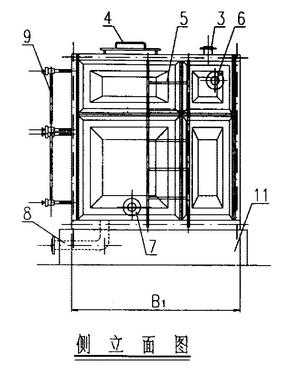
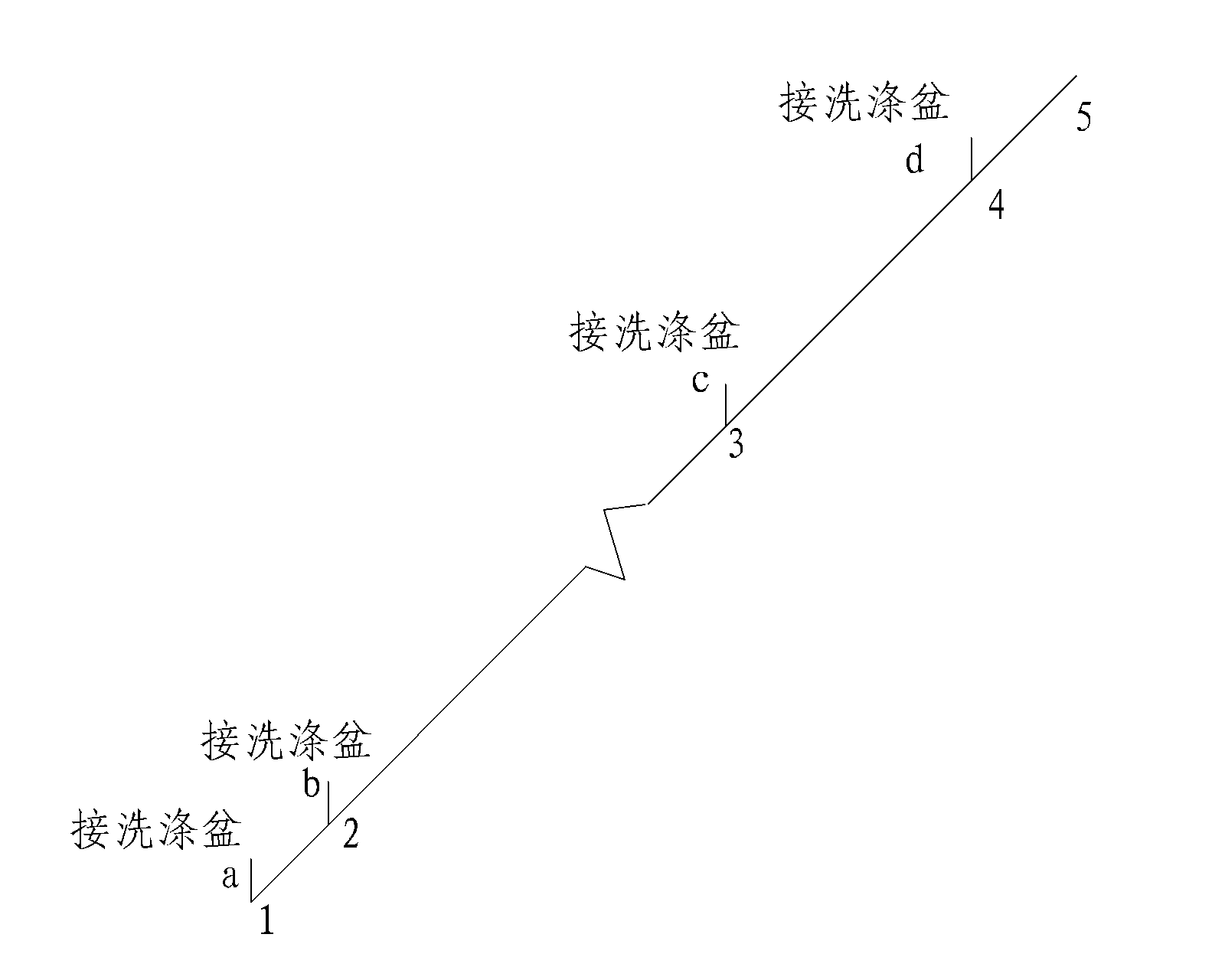
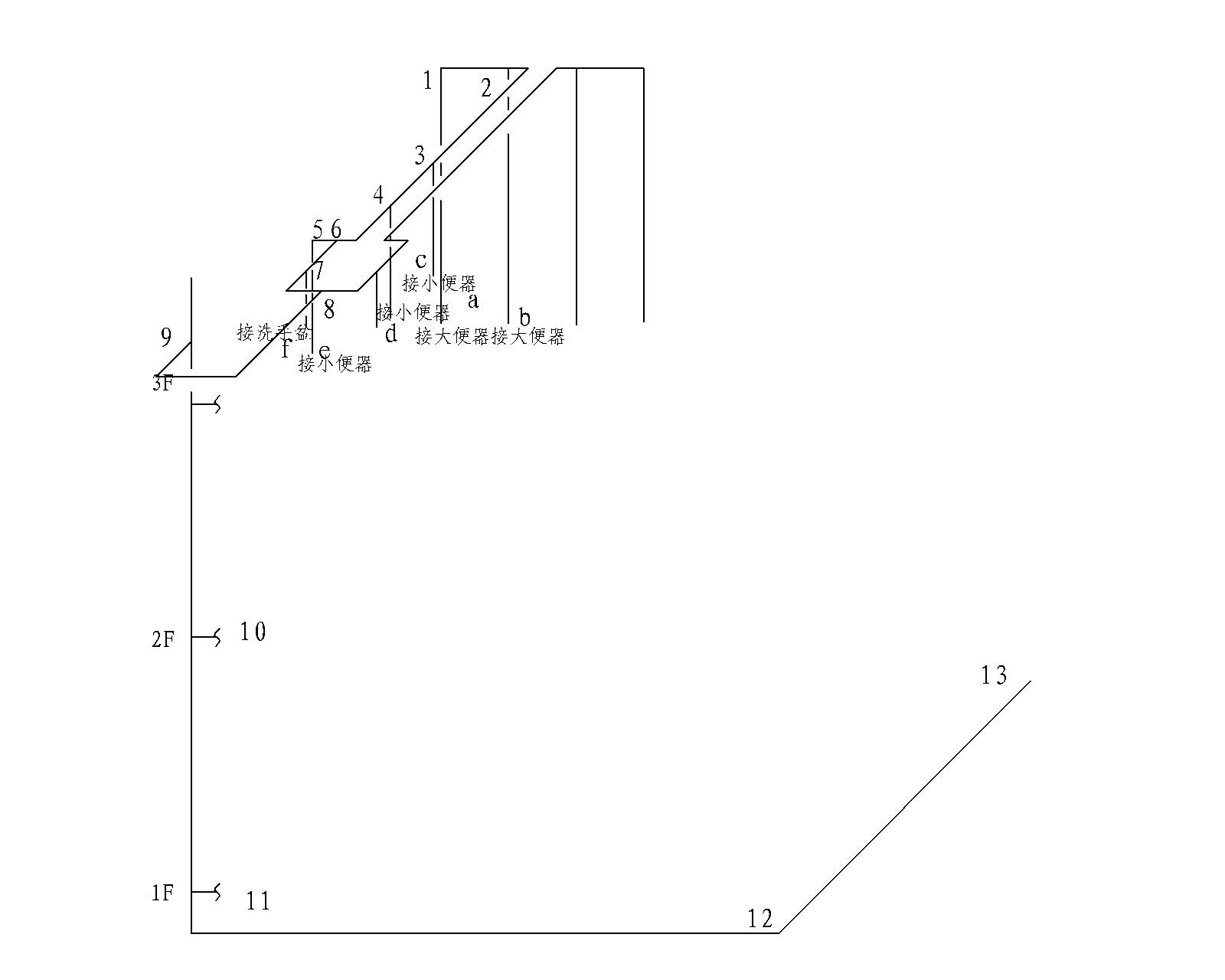
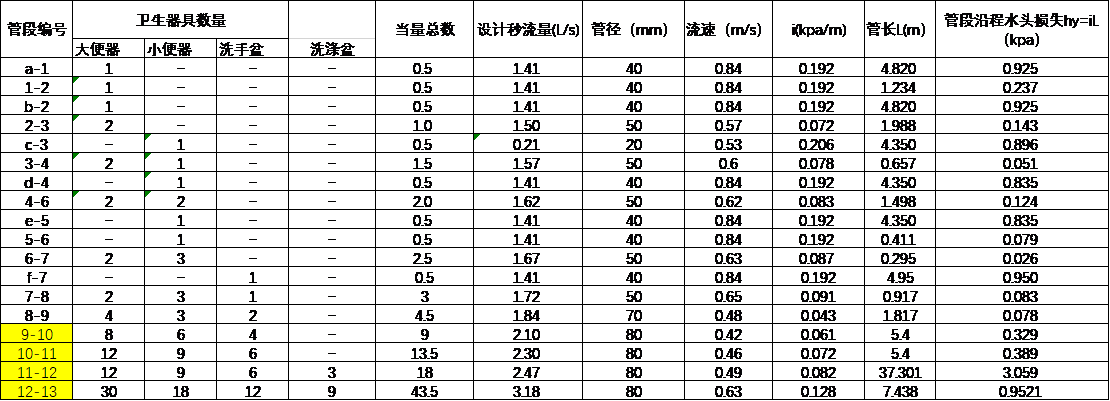
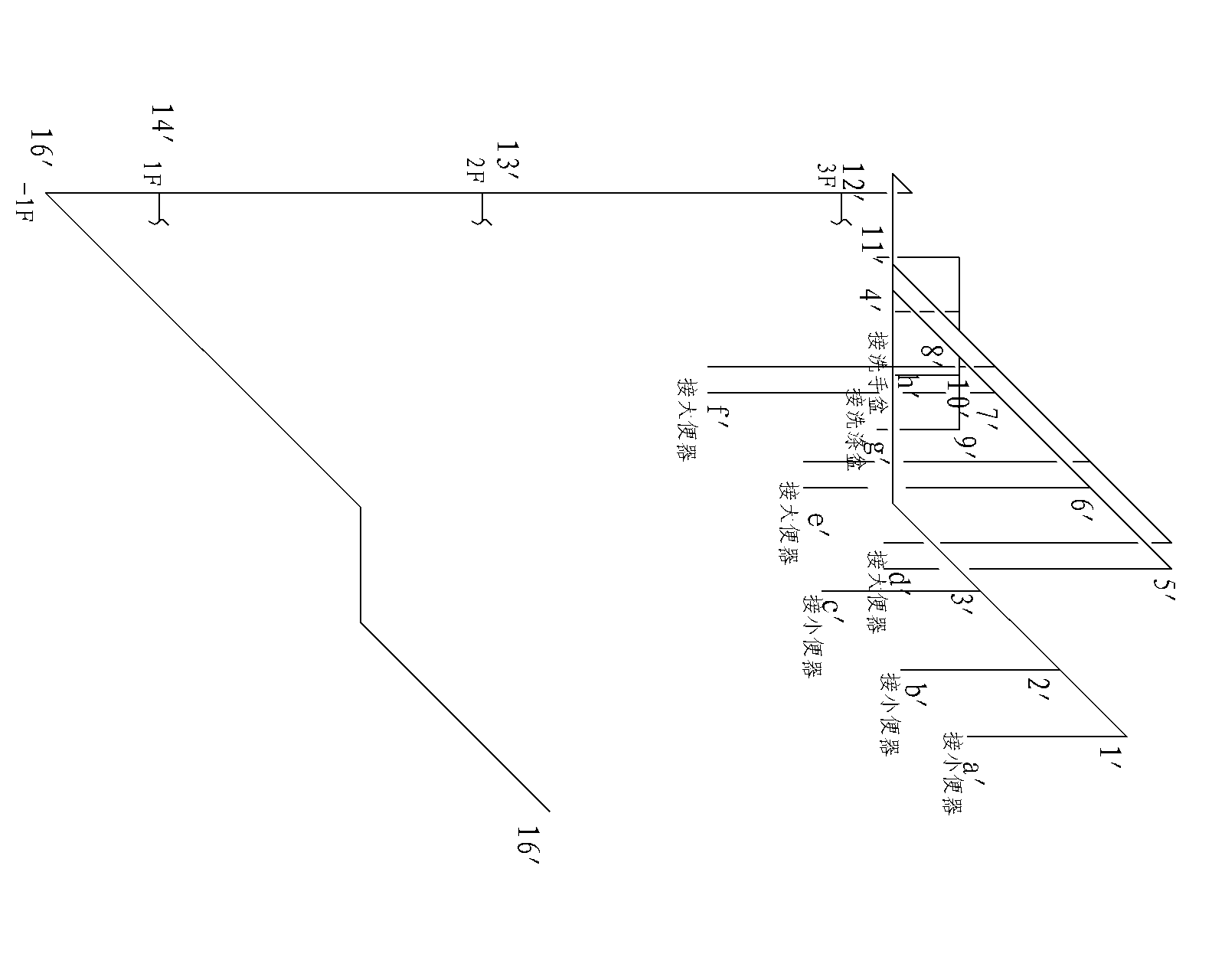
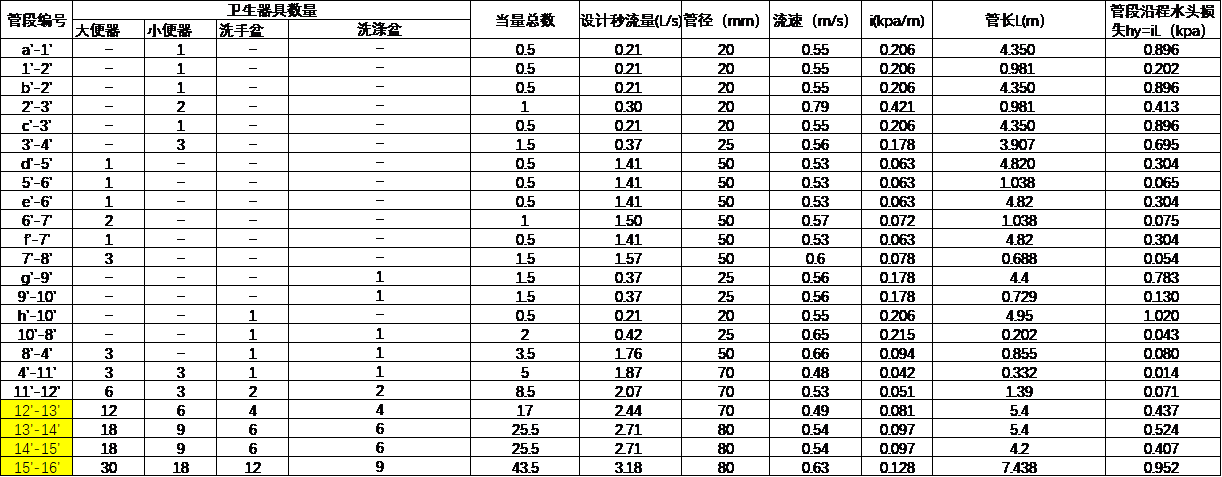
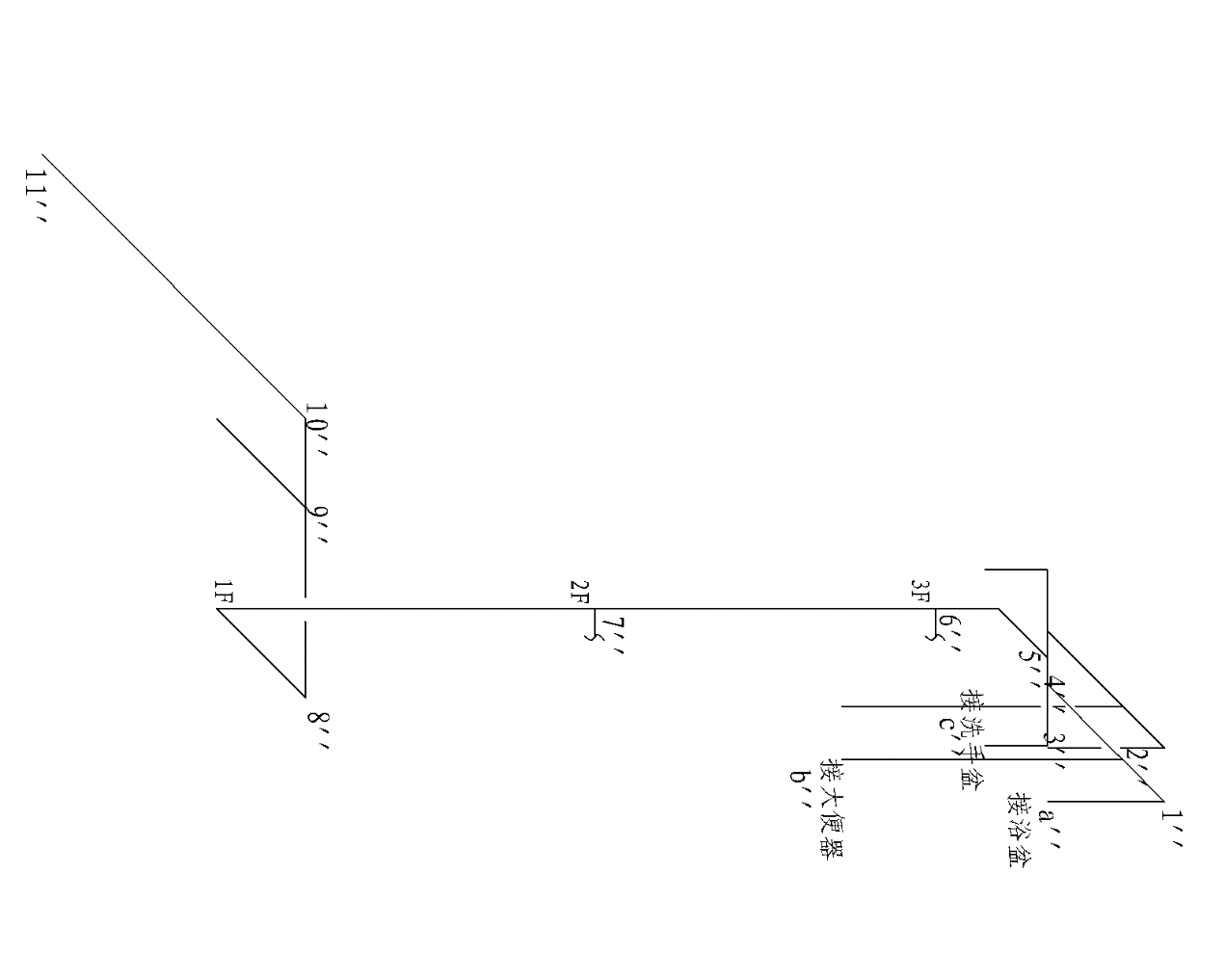
课题毕业论文、开题报告、任务书、外文翻译、程序设计、图纸设计等资料可联系客服协助查找。



